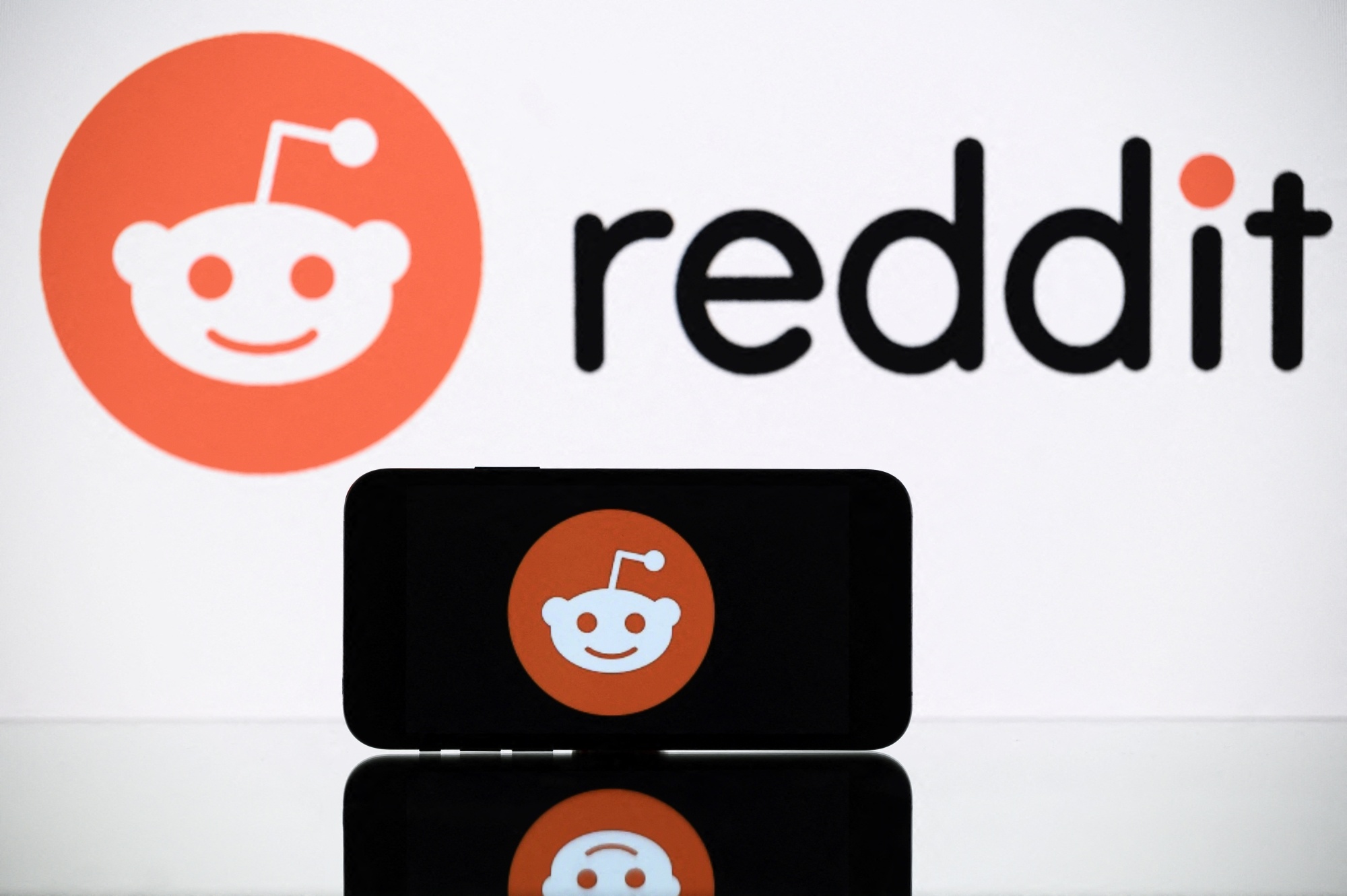In a world where digital design and online graphic platforms are integral to both personal and professional lives, Canva’s recent acquisition of Affinity sends ripples through the industry, sparking curiosity and concern alike. This move not only marks Canva’s largest purchase in terms of both price and headcount but also significantly shifts the digital design landscape, particularly in its competition with Adobe, the reigning champion of digital creative tools.
Canva, an Australian startup known for its user-friendly design platform, has rapidly expanded its user base since its inception in 2013. With the acquisition of Affinity, Canva now adds a suite of tools designed for creative professionals to its arsenal, challenging Adobe’s long-standing dominance in the field. The deal, which consists of cash and stock, is reported to be worth several hundred million pounds, underscoring the significance Canva places on this expansion.
Affinity, on the other hand, has carved out a niche for itself by appealing to creative professionals seeking alternatives to Adobe’s subscription model. Its offerings, which include a photo editor, professional page layout software, and a vector-based graphics software, have been utilized by thousands of illustrators, designers, and game developers worldwide. With Canva’s resources now behind it, Affinity’s creative suite is poised for enhancements that could further its appeal in the market.
One of the most reassuring aspects of this acquisition for current Affinity users is Canva’s commitment to maintaining perpetual licenses. This pledge to keep one-time purchase fees as an option is a nod to Affinity’s model of affordability and accessibility, which has been a key factor in its success. As the digital design world increasingly moves toward subscription models, this commitment could become a significant differentiator.
The acquisition has raised questions about the future of Affinity under Canva’s ownership, particularly regarding its stance on AI. Canva has embraced generative AI technology, while Affinity has been vocal about its opposition to any tech that undermines human talent. How these differing philosophies will coexist under the same corporate umbrella remains to be seen.

The potential integration of Canva’s and Affinity’s offerings could lead to exciting developments for users of both platforms. Canva’s announcement hints at immediate plans for lightweight integration, aiming to maintain the distinct identities of each product while exploring synergies that could benefit professional designers with specific needs.
This acquisition also signifies Canva’s intention to fill the B2B gap in its portfolio and positions the company to compete more aggressively with Adobe. With Adobe recently abandoning its $20 billion purchase of Figma due to regulatory concerns, Canva’s timing could not be more opportune. The addition of Affinity to its fold not only diversifies Canva’s offerings but also enhances its appeal to a broader spectrum of designers.
Looking back at Serif, Affinity’s parent company, its journey from a small team of software engineers in 1987 to a disruptor in the digital design space is nothing short of inspirational. The development of its flagship products, Affinity Designer, Affinity Photo, and Affinity Publisher, has provided viable alternatives to Adobe’s Illustrator, Photoshop, and InDesign, respectively. Now, under Canva’s umbrella, the potential for these products to reach even greater heights is immense.
After the dust settles on this landmark acquisition, the digital design community watches with bated breath. Canva’s promise of innovation, coupled with its commitment to affordability and perpetual licensing, offers a glimmer of hope in a market dominated by subscription models. However, the integration of contrasting philosophies and technologies will be a defining challenge for Canva and Affinity moving forward. In a narrative laden with potential, the coming months will undoubtedly reveal whether this bold move was a stroke of genius or a leap too far.




